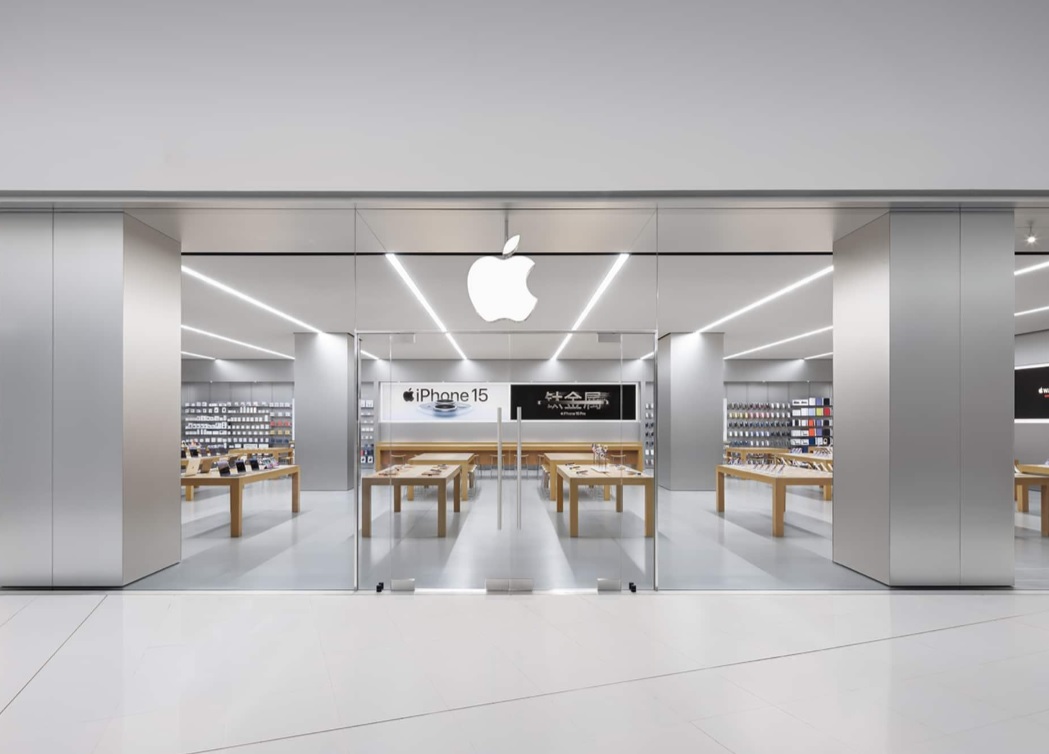Here’s a synthesis of key viewpoints and data on Apple’s first store closure in Dalian, China and the broader challenges facing shopping malls. Sources include recent news (July 2025), market analyses, and expert commentaries.
1. Apple’s Official Explanation: External Factors
-
Why Dalian?
Apple stated the closure of its Dalian Century Mall store (opened in 2015) was due to “the departure of several retailers” from the mall. Coach, Kenzo, UGG, and others had already left as their leases expiredThe mall faced legal disputes since 2022, culminating in a shareholder takeover in early 2025, destabilizing tenant operations
-
Is This Isolated?
Contrast with Shenzhen: Apple opened a new store on August 16, 2025, showing strategic relocation, not blanket retreat.Historically, closures like Beijing’s Sanlitun store (2020) were followed by upgraded replacements.
2. Apple’s Struggles in China: Beyond Real Estate
-
Market Share Erosion:
-
Q1 2025: Shipments fell 9%YoY; Q2 fell 1.3%.
-
Revenue: Greater China sales declined for seven consecutive quarters.
-
-
Competitive Pressure:
Domestic brands (e.g., Huawei, Xiaomi) outpace Apple in hardware (fast charging, cameras) and AI integration. Apple’s China-specific features lag due to data compliance issues. -
Brand Perception:
Critics cite Apple’s “rigidity” in local partnerships and slow response to Chinese consumer preferences, contrasting with its global image.
3. Why Malls Are Declining: Structural Shifts
-
E-Commerce Dominance:
Online sales (livestreaming, e-commerce platforms) divert 30–40% of mall traffic, especially for standardized goods (electronics, cosmetics). -
Demographic and Economic Pressures:
-
Aging Population: Core mall shoppers (25–45 age group) are shrinking as birth rates drop.
-
Weakened Purchasing Power: Post-pandemic, high-income households (investable assets >¥6M) fell 50% from 2024–2025, reducing luxury spending.
-
-
Homogenization and Oversupply:
Malls lack differentiation—70% offer similar brands/layouts. In cities like Dalian, GDP and population can’t support multiple large malls.
4. Divergent Expert Views on Apple’s Future
-
Optimistic: Relocation (e.g., closing Dalian but opening Shenzhen) reflects routine portfolio optimization. China still hosts 50+ stores, with 8 in Shanghai alone.
-
Pessimistic: Bloomberg’s Mark Gurman calls the closure “a visible retreat” amid Apple’s China slump. Without local AI partnerships or pricing flexibility, recovery is unlikely.
-
Systemic Critique: Analysts argue Apple’s “arrogance” in ignoring Chinese supply chain innovations (e.g., screens) cedes ground to rivals.
5. Malls’ Survival Strategies
Successful malls adapt by:
-
Experiential Focus: Adding services (salons, workshops) and entertainment (cinemas, VR zones).
-
Hybrid Models: Integrating online-offline sales (e.g., in-store pickup, live commerce events).
-
Niche Positioning: Targeting communities with local culture or specialty retail (e.g., Shanghai’s Jing’an Temple Apple Store).
Key Takeaways
-
Apple’s Dalian closure is primarily site-specific but underscores wider retail volatility. Competitiveness in China now hinges on localization and AI adoption.
-
Malls face irreversible structural decline but can pivot to experiences and tech integration.
-
Macro trends (demographics, e-commerce) matter more than individual brand exits.
For deeper analysis:
-
Apple’s China Strategy: IT Home
-
Mall Vacancy Crisis: ZhiHu Discuss





Iphone is not that good as before
Looking at vaidebet, anyone had a good experience with them? Site looks alright, but always good to get a real person’s opinion before throwing money at it! vaidebet